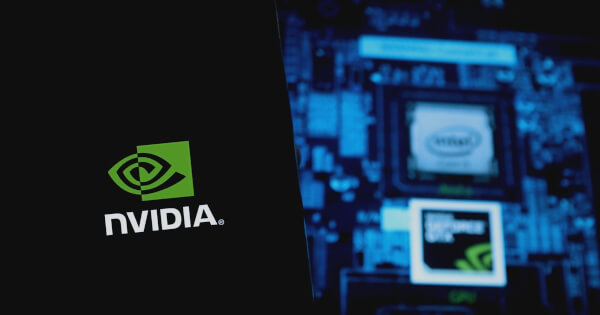NVIDIA and Meta’s PyTorch Team Enhance Federated Learning for Mobile Devices
Joerg
Hiller
Apr
11,
2025
23:56
NVIDIA
and
Meta’s
PyTorch
team
introduce
federated
learning
to
mobile
devices
through
NVIDIA
FLARE
and
ExecuTorch.
This
collaboration
ensures
privacy-preserving
AI
model
training
across
distributed
devices.
NVIDIA
and
the
PyTorch
team
at
Meta
have
announced
a
pivotal
collaboration
that
introduces
federated
learning
(FL)
capabilities
to
mobile
devices.
This
development
leverages
the
integration
of
NVIDIA
FLARE
and
ExecuTorch,
as
detailed
by
NVIDIA’s
official
blog
post.
Advancements
in
Federated
Learning
NVIDIA
FLARE,
an
open-source
SDK,
enables
researchers
to
adapt
machine
learning
workflows
to
a
federated
paradigm,
ensuring
secure,
privacy-preserving
collaborations.
ExecuTorch,
part
of
the
PyTorch
Edge
ecosystem,
allows
for
on-device
inference
and
training
on
mobile
and
edge
devices.
Together,
these
technologies
empower
mobile
devices
with
FL
capabilities
while
maintaining
user
data
privacy.
Key
Features
and
Benefits
The
integration
facilitates
cross-device
federated
learning,
leveraging
a
hierarchical
FL
architecture
to
manage
large-scale
deployments
efficiently.
This
architecture
supports
millions
of
devices,
ensuring
scalable
and
reliable
model
training
while
keeping
data
localized.
The
collaboration
aims
to
democratize
edge
AI
training,
abstracting
device
complexity
and
streamlining
prototyping.
Challenges
and
Solutions
Federated
learning
on
edge
devices
faces
challenges
like
limited
computation
capacity
and
diverse
operating
systems.
NVIDIA
FLARE
addresses
these
with
a
hierarchical
communication
mechanism
and
streamlined
cross-platform
deployment
via
ExecuTorch.
This
ensures
efficient
model
updates
and
aggregation
across
distributed
devices.
Hierarchical
FL
System
The
hierarchical
FL
system
involves
a
tree-structured
architecture
where
servers
orchestrate
tasks,
aggregators
route
tasks,
and
leaf
nodes
interact
with
devices.
This
structure
optimizes
workload
distribution
and
supports
advanced
FL
algorithms,
ensuring
efficient
connectivity
and
data
privacy.
Practical
Applications
Potential
applications
include
predictive
text,
speech
recognition,
smart
home
automation,
and
autonomous
driving.
By
leveraging
everyday
data
generated
at
edge
devices,
the
collaboration
enables
robust
AI
model
training
despite
connectivity
challenges
and
data
heterogeneity.
Conclusion
This
initiative
marks
a
significant
step
in
democratizing
federated
learning
for
mobile
applications,
with
NVIDIA
and
Meta’s
PyTorch
team
leading
the
way.
It
opens
new
possibilities
for
privacy-preserving,
decentralized
AI
development
at
the
edge,
making
large-scale
mobile
federated
learning
practical
and
accessible.
Further
insights
and
technical
details
can
be
found
on
the
NVIDIA
blog.
Image
source:
Shutterstock

Comments are closed.